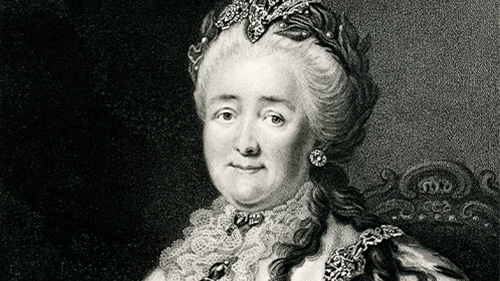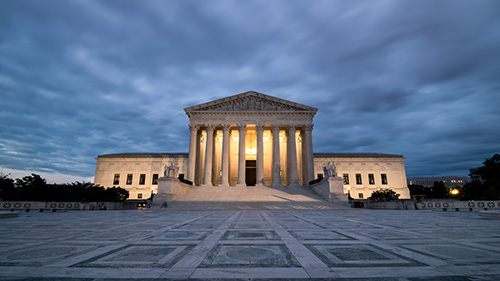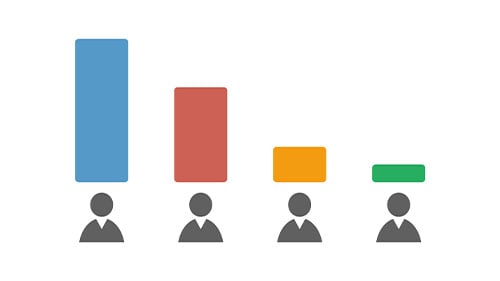Scaffolding Skills and Writing in AP History for AP Euro Students
One of the greatest rewards of teaching history is when students can show that they can make effective arguments supported by historical evidence....
AP & Honors Mathematics
Explore Wiley titles to support both AP and Honors mathematics instruction.
Literacy Skills & Intensive Reading
Connections: Reading – Grades 6–12
Empower student success with a proven intensive reading program that develops strong reading skills in striving readers.
Drama, Speech & Debate
Basic Drama Projects 10th Edition
Build students’ confidence and competence with comprehensive, project-based theatre instruction.
Literature
Connections: Literature
Support learners as they study dynamic, relevant texts and bring the richness of diverse voices to students through literature.
Literature & Thought
Develop critical thinking, reading, and writing across literacy themes, genres, historical eras, and current events.
Language Arts
Vocabu-Lit® – Grades 6–12
Help students build word power using high-quality contemporary and classic literature, nonfiction, essays, and more.
Connections: Writing & Language
Help students develop grammar, usage, mechanics, vocabulary, spelling, and writing and editing skills.
Reading/English Language Arts
Measuring Up to the English Language Arts Standards
Incorporate standards-driven teaching strategies to complement your ELA curriculum.
English Language Learners
Measuring Up for English Language Learners
Incorporate research-based best practices for ELLs with an approach that includes a focus on language acquisition strategies.
Mathematics
Measuring Up to the Mathematics Standards
Incorporate standards-driven teaching strategies to complement your mathematics curriculum.
Foundations
Measuring Up Foundations
Help students master foundational math skills that are critical for students to find academic success.
Science
Measuring Up to the Next Generation Science Standards
Give students comprehensive NGSS coverage while targeting instruction and providing rigorous standards practice.
Assessment
Measuring Up Live
Deliver innovative assessment and practice technology designed to offer data-driven instructional support.
For a better website experience, please confirm you are in:
3 min read
John Irish Jun 27, 2024 10:08:27 AM

In 2015, the College Board introduced several changes to the AP U.S. History course and exam. One significant addition was the inclusion of new historical thinking skills. Although these skills were always part of the course, they were never explicitly defined. Now, the College Board has provided a set of skills that teachers and students are expected to master for the exam and the course. These skills are integrated into all aspects of the course, with each exam item corresponding to specific historical thinking skills.
There are six main skills, complemented by three additional skills, forming a comprehensive framework. These skills include identifying and explaining historical developments and processes, analyzing primary and secondary sources, analyzing claims and evidence, contextualizing historical events, making connections and understanding patterns in historical data, and developing arguments. While each skill has its unique purpose, they also intersect and overlap with one another.
Furthermore, within the first skill of identifying and explaining historical developments and processes and the fifth skill of making connections and understanding patterns in historical data, there exists a subset of skills known as reasoning processes. These processes represent the cognitive operations that students need to apply when engaging with historical thinking skills. They serve as lenses through which we examine historical data, with the three primary ones being comparison, causation, and continuity and change over time. Although these lenses are distinct and intricate, there is some overlap in how students analyze historical data through each lens.
The comparison involves observing similarities and differences between historical developments or processes, such as comparing the New England and Chesapeake colonies. Depending on the cognitive task assigned, students may identify and describe these similarities and differences (lower cognitive task) or evaluate the significance and reasons behind them (higher cognitive task). Causation, on the other hand, focuses on identifying the causes and effects of specific historical developments or processes. For instance, students might explore various causes that led to the American Revolution. Again, the cognitive task may range from identifying different causes (lower cognitive task) to evaluating their relative importance (higher cognitive task). Continuity and change encompass observing patterns of continuities and changes over time in historical developments or processes. For example, students might examine changes in the lives of women from 1800 to 1860. Like the other skills, the cognitive task can vary, from identifying changes or continuities (lower cognitive task) to determining the reasons behind them (higher cognitive task).
I have developed a strategy called the “Question of the Day,” which combines content, skills, themes, and writing into a single lesson. This strategy aligns with my holistic approach to teaching the redesigned course. The question of the day serves as the central focus for all activities during the class session. The AP U.S. History Course and Exam Description contains excellent questions that can be used for this purpose, as they serve as learning objectives. For instance, topic 1.3 includes the learning objective of explaining the causes of the exploration and conquest of the New World by various European nations. Teachers can either use these provided questions or create their own.
The strategy unfolds in two phases within the class. The first phase involves small group work. The class receives the question of the day and is divided into groups of four to begin addressing it. The questions are always formulated as essay prompts to encourage informal essay practice while focusing on historical thinking skills. By doing so, students develop the necessary skills while engaging with the question. In the example prompt, “Evaluate the relative importance of causes, from 1754 to 1776, which led to the American Revolution,” the higher cognitive task is evident. Each group has two tasks to complete. First, they must determine the organization of their answer, often utilizing the AP U.S. History course themes. They identify three major themes, such as political, economic, and cultural, which align with a strong answer to the question. The goal here is not to exhaustively list all possible categories or themes but to concentrate on the most crucial ones. After establishing the main themes, the group moves on to the second task, which involves identifying two to three specific examples supporting each theme or category. For example, if the economic category is chosen, the Stamp Act could be used as a concrete example. It is important to note that certain examples can be relevant to multiple categories, depending on the students’ interpretation and argumentation.
After approximately thirty minutes, the second phase of the strategy begins, involving the entire class. In the first phase, the focus was on organizing and gathering evidence to answer the question. However, to provide a comprehensive answer, the class must rank the causes. Since the prompt requires evaluating the relative importance of causes, the whole class collaboratively determines the ranking and strives to reach a consensus. This phase stimulates lively discussions and argumentation among students as they advocate for their perspectives on the most and least significant causes. This segment also takes about thirty minutes, depending on class engagement and participation.
To ensure writing practice and consolidation of the lesson, a follow-up activity is assigned. Following the whole class discussion, students are tasked with individually writing a thesis statement, opening paragraph, or body paragraph that addresses the question. This activity can serve as a ticket out of the class or allow for a brief debriefing if time permits. The question of the day strategy effectively engages students, develops historical thinking skills, introduces course themes, enhances writing skills, and covers content cohesively. These skills are interconnected, relying on one another to effectively cover content and promote higher-level thinking in the classroom.

One of the greatest rewards of teaching history is when students can show that they can make effective arguments supported by historical evidence....

Contextualization is an intriguing skill introduced in the redesigned AP History courses. It plays a crucial role in multiple aspects of the courses,...

Unlock the power of historical thinking and writing as you elevate complexity and engagement in AP History classrooms. Presented by experienced AP...

One of the greatest rewards of teaching history is when students can show that they can make effective arguments supported by historical evidence....

Join AP experts Brandon Abdon, Colin Baker, and Bob Topping to discover scaffolded approaches to teaching the APUSH, AP Euro, and AP World History...

One of the greatest rewards of teaching history is when students are able to show that they can think in a complex manner and recognize that history...

Between 1607 and 1754, the British presence in North America vastly increased and there were more than 30 British colonies. Among those colonies were...

For well over a millennium, Western Europe was unified by religious orthodoxy to the Roman Catholic Church. Although the church had been challenged...

The Secondary Source Short Answer Question (SAQ) on the AP history exam presents a unique challenge: students must analyze and synthesize historical...

One of the personal stories I frequently share with my students is how I nearly became a lawyer. I majored in political science and philosophy in...

One of the most critical skills students will need on the AP® United States Government Exam is data literacy. Not only will there always be a...

Experienced AP World History teacher Dave Drzonek and AP World History Exam table leader Charlie Hart discuss what students did well and what they...
